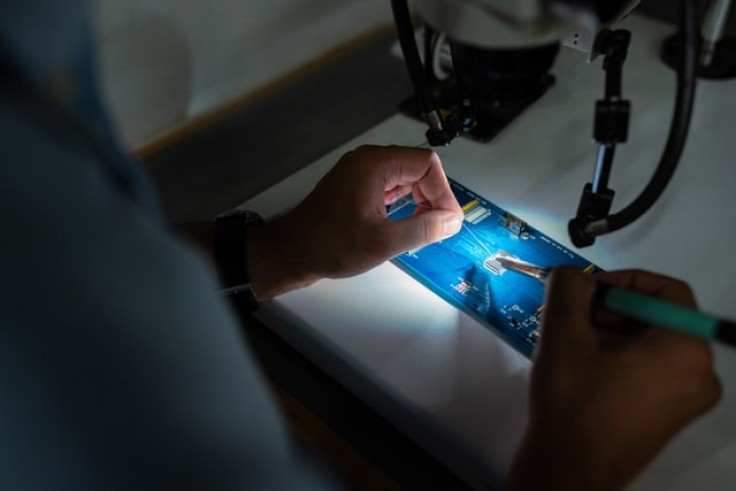
The global assistive technology market is expected to be worth more than $30 billion by the end of 2024, growing at a compound annual growth rate of 7.4 percent, according to a report by Zion Market Research. Over the last few decades, scientists have come up with all sorts of tech that offers opportunities for inclusion of people with disabilities in every aspect of life. If your child has cerebral palsy, raising them can be challenging due to the difficulties the condition causes, from hearing difficulties to issues with walking, and the ability to communicate clearly or even hold a pen. Thankfully, you can make life easier for them and yourself with various devices that enhance learning, improve communication, allow for participation in more activities, and generally make life better.
Communication devices
Communication is often an issue for children with cerebral palsy. The condition may affect your child's throat and mouth muscles, creating difficulty forming words. This can make it a challenge for your child to express needs and emotions, socialize with others, and learn in school. To help your child improve their communication, one device you can use is an electronic communication board. The board presents your child with various letters, numbers, pictures and words, which they can select to pass a message across. A speech-generating device is a more advanced electronic communication board: your child taps or types words or sentences, and the device turns it into speech that other people can understand clearly. If your child is unable to use their arms to tap on a communication board, an eye-tracking device can come in handy. All your child needs to do is look at a specific word on the communication board and it will be selected automatically.
Health monitoring devices
Children with cerebral palsy face a variety of health risks, some of which are normal for all children, and others which are exacerbated by the condition. For example, due to the condition's impact on the brain, cerebral palsy and seizures often go hand in hand. These seizures occur as a result of excessive discharges of nerve impulses that originate from certain brain cells and make their way to skeletal muscle fibers, triggering the violent contractions that come with seizures. To ensure that you know every time your child has a seizure and get help quickly, you can use an FDA-approved smartwatch for monitoring seizures. The watch uses complex machine learning technology to sense electrical fluctuations and movements in the skin that are associated with seizures so that it can automatically send an alert to you. The watch also records and stores data in order for you to share it with your child's doctor.
Mobility technology
Most children with cerebral palsy have mobility limitations. To enhance your child's mobility, there are various tools you can use, depending on their degree of mobility limitation. For example, an electric wheelchair can enable your child to move around easily with just the press of a button. Lifts can help your child move between floors in your home, from a sitting to standing position, and into and out of a vehicle. Another new technology that is making waves in the mobility tech sector is known as functional electrical stimulation, where a small device delivers electrical impulses to stimulate muscles, causing them to move.
Your child's cerebral palsy does not mean that they'll live a life of limitations. With the right assistive technologies, your child can express their needs, engage in meaningful interactions, carry out routine daily activities, and transition smoothly into adulthood.